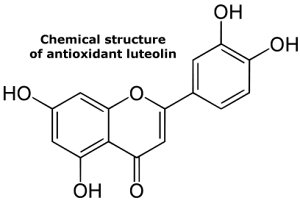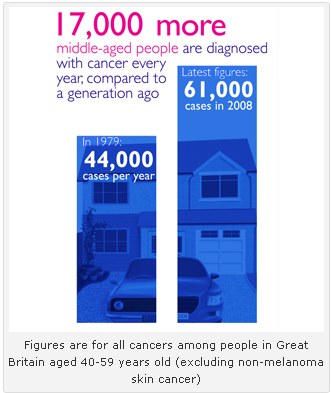 Over the years there has been a lot of tomato talk, about how lycopene, the red pigment found in this fruit (yes, it’s definitely a fruit, it’s got seeds), could ward off cancer, specifically prostate cancer. It has also been linked to protecting us from cardiovascular disease, per the common discussions about the so-called Mediterranean diet. It is not a panacea and tests and trials have been small-scale. Nevertheless, as with the likes of that other infamous compound, resveratrol found in red wine, researchers are keen to demonstrate a link with their particular natural chemical and disease prevention.
Over the years there has been a lot of tomato talk, about how lycopene, the red pigment found in this fruit (yes, it’s definitely a fruit, it’s got seeds), could ward off cancer, specifically prostate cancer. It has also been linked to protecting us from cardiovascular disease, per the common discussions about the so-called Mediterranean diet. It is not a panacea and tests and trials have been small-scale. Nevertheless, as with the likes of that other infamous compound, resveratrol found in red wine, researchers are keen to demonstrate a link with their particular natural chemical and disease prevention.
In the first June issue of SpectroscopyNOW I discuss tests on lycopene extracted from tomatoes that seem to show it offers a certain level of protection against liver cancer triggered by nitrosamines, in lab mice at least. Ashwani Koul and his colleagues at Panjab University in Chandigarh, India, have been doing the research with interesting results. I asked Koul about the impetus:
“Since time immemorial, the tomato has formed an integral component of food, both traditional and western form,” he told Sciencebase. “It is used widely as a vegetable and is abundantly used in the preparation of sauces, curry, soup etc. throughout the world. Epidemiological studies indicate that populations consuming high amounts of vegetables including tomato, in their diet have a reduced incidence of several types of cancer.” So that’s the start of it…
“Over the years, lycopene, a nutrient found in tomatoes, has drawn much attraction for its ability to combat several chronic diseases including cancer,” he adds. “Moreover, lycopene being a component of major dietary source (tomato) finds acceptance with the population and its use is also not restricted as is the case with synthetic chemopreventive agents.” Indeed, lycopene is already marketed as a supplement, although specific health claims are not permitted under FDA rules for supplements without additional regulatory approval.
“With the studies planned and in progress we intend to determine the optimum levels of lycopene as a cancer chemopreventive agent, so as to tap its maximum potential,” Koul told me. “Further, we aim to investigate the detailed underlying mechanism of its cancer chemopreventive potential. Such studies would scientifically validate the anticancer abilities of phytonutrients present in vegetables including lycopene.”
You can read the full story on SpectroscopyNOW.
Tomato photo via CC on flickr.
 Today, the BBC is reporting another medical “breakthrough” – high-intensity focused ultrasound (HIFU) for treating prostate cancer as an adjunct or even alternative to radiotherapy, chemo, and invasive surgery. Ultrasound can be highly focused, essentially boiling the diseased tissue rather than damaging surrounding tissues with the risk of incontinence and impotence associated with invasive surgery.
Today, the BBC is reporting another medical “breakthrough” – high-intensity focused ultrasound (HIFU) for treating prostate cancer as an adjunct or even alternative to radiotherapy, chemo, and invasive surgery. Ultrasound can be highly focused, essentially boiling the diseased tissue rather than damaging surrounding tissues with the risk of incontinence and impotence associated with invasive surgery. A flavonoid compound found in fruit and vegetables, luteolin, was recently hailed as an anticancer supernutrient by the tabloid media. Aside from the fact that over-dosing on antioxidants could be detrimental to one’s front-line immune response to pathogens, the research was purely laboratory based and said nothing about whether or not luteolin might actually prevent bowel cancer. The compound has the chemical name 2-(3,4-dihydroxyphenyl)- 5,7-dihydroxy-4-chromenone and in the laboratory shows activity as an inhibitor of phosphodiesterase enzymes as well as blocking interleukin 6.
A flavonoid compound found in fruit and vegetables, luteolin, was recently hailed as an anticancer supernutrient by the tabloid media. Aside from the fact that over-dosing on antioxidants could be detrimental to one’s front-line immune response to pathogens, the research was purely laboratory based and said nothing about whether or not luteolin might actually prevent bowel cancer. The compound has the chemical name 2-(3,4-dihydroxyphenyl)- 5,7-dihydroxy-4-chromenone and in the laboratory shows activity as an inhibitor of phosphodiesterase enzymes as well as blocking interleukin 6.